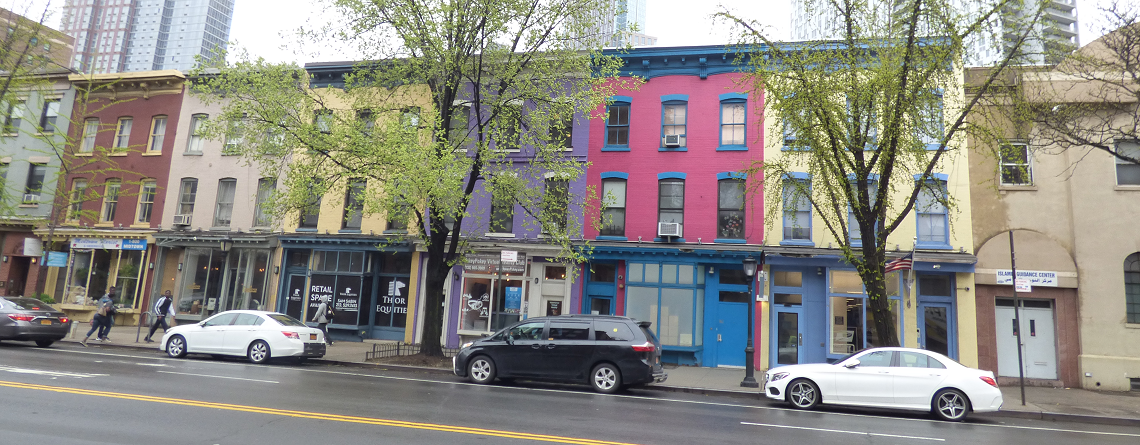
The goal of any association budget is to properly identify their annual operating costs and their long-term capital reserve item portion contributions. Associations are pretty good at budgeting their annual operating costs, but sometimes not as good when it comes to budgeting the reserve portion. With reserves, not funding enough money will not have a direct impact the first year or even few years, but over time will have a large impact. From our experience, many associations are not funding enough money in reserves.
One way to combat that problem is by raising dues. Raising reserve dues is never a popular idea. However, not raising dues, especially over long periods of time, can have a devastating impact on the long-term health of your association. This article takes a look at the deficits created by keeping dues at the same amount year after year.
Negating Inflation
In the first example, we took a look at a community with a recommended reserve funding amount of $100,000 per year. The first scenario is that they didn’t raise dues at all over the 30 years, so at the end of the 30 years they had collected $3,000,000 in reserve dues. Now compare that to a scenario where the association raised the dues only to keep up with inflation at 2.5% per year. At the end of this scenario they had collected $4,390,270 in dues over 30 years. The difference over 30 years just by raising dues for inflation was $1,390,270! This amount averages $46,342 per year over the 30-year window. Also, by not raising dues, the association only had 68.33% of the money necessary to perform repairs and replacements.
Partial Reserve Funding
In the second example, we’ll again the use a community with a $100,000 recommended reserve funding amount with an annual 2.5% inflation in subsequent years. In this case, we’ll take a closer look at partial funding. Let’s assume the association only funds 50% of the recommended amount year-after-year. Funding the proper amount and adding for inflation over 30 years would collect $4,390,270. With 50% funding, the association would have collected $2,195,135 over 30 years, so the shortfall over 30 years would be $2,195,135. This averages a shortfall amount of $73,171 per year over the 30 years.
In the final example, we’ll use partial funding again, but this time at 75% of the recommended amount with the same assumptions. Collecting $100,000 the first year with 2.5% annual bumps for inflation would collect $4,390,270 over the 30 year window. Now if we only funded 75% of that on a yearly basis, it would collect $3,292,703 over the 30 years. The shortfall from the recommended amount would be $1,097,567. This averages $36,586 per year.
Takeaways
The other problem that can be created by underfunding is the deterioration of the assets by delaying their replacement due to inadequate funds. One example may be a roof that has reached the end of its life and should be replaced or wooden siding that has started to rot. Pushing these projects past the end of their useful lives can lead to major deterioration to components beneath the top layer (structural) that will be very costly to fix. As you can see, not funding the proper amount of reserve money can have very negative consequences. These shortfalls over time can create a cascading effect where the deficit may require loans or special assessments to bridge the gap. The best plan is to be honest about the real costs of the reserve assets and set aside money accordingly.